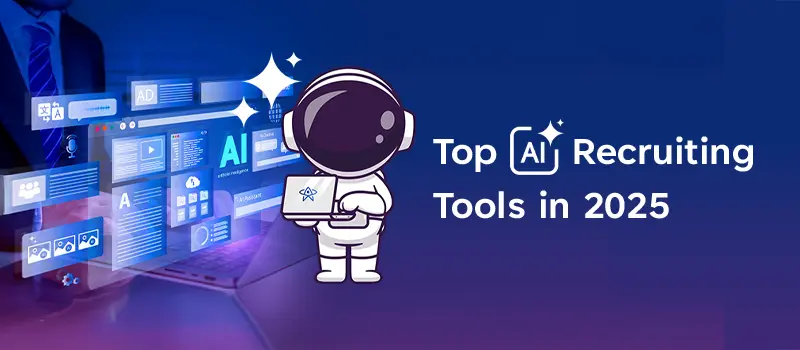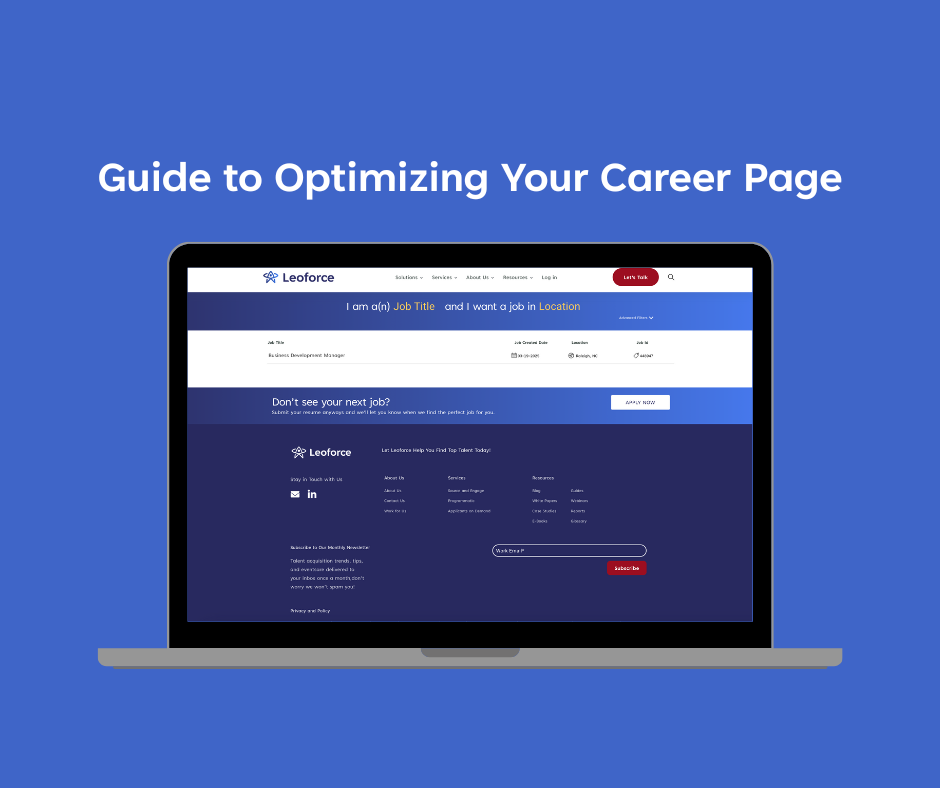Augmentation vs. Automation: Which AI recruiting strategy is better?

The process of recruitment is very people-oriented. Hence the word, Human Resources or HR. Only humans have the capacity to understand people, their goals, and their motives, to explain how an opportunity will assist them in accomplishing their goals, and to convince people to continue the conversation. On the other hand, candidates who are a direct or indirect match for a job description can now be found or sourced by machines.
Artificial intelligence (AI) systems can be divided into two distinct categories. The term “automation” refers to the process of exchanging human workers with machines equipped with artificial intelligence so that regular tasks or decisions can be completed more quickly. The term “augmentation” refers to the process of assisting humans in making decisions or completing tasks, as opposed to completely replacing them.
When contemplating the idea of AI systems taking over tasks previously performed by humans, it is important to keep in mind that human cognition and input cannot be replaced. Recruiters and talent acquisition teams are crucial to the success of any hiring effort. As an example, recruiters can execute the following.
- Compare a candidate to a job description rather than a CV’s keywords
- Determine whether applicants are culturally fit
- Convince the hiring manager of the qualifications of the candidate
- Manage relationships with both candidates and clients
- Negotiate with hiring managers
Over the course of the last decade, technological advancements have made great strides in having a meaningful impact on the recruitment process. The recruiter, the employer, and the recruitment strategy that organizations use all have a role in determining whether its influence and utilization are beneficial or counterproductive. However, utilizing data-driven people intelligence will create a huge competitive advantage if embraced.
There is no denying that recruiting technology that is driven by AI has the potential to enhance activity and improve recruiting performance. Even the most labor-intensive processes, such as email interaction with applicants, are adaptable to automation, and this holds true for both large corporations and smaller agencies. It is helpful for talent acquisition teams to have a commitment to learning new recruitment AI technologies and embracing their possibilities.
It was already a challenge for organizations to boost productivity while keeping employees engaged in the “overwhelmed” atmosphere before the Covid pandemic added other levels of difficulty. As a result, the need for organizations to analyze how we accomplish more with our resources, adapt quickly to the changing environment and motivate diverse teams have been amplified. Technology has rapidly filled in the gaps in order to manage these challenges of conducting business in a variety of situations, and further shifts are on the horizon.
Augmented recruiting
As stated previously, augmenting talent acquisition techniques is intended to support, rather than replace recruiting activities. Making decisions based on data-driven people intelligence in a more streamlined and timely way is made possible and accelerated by augmented recruiting technologies.
Other benefits of augmented recruitment
- Predictive analytics
- Machine learning
- Increased recruiter productivity
Find out what RentOne’s impressions are on the talent landscape feature that Leoforce offers.
The vice president of culture and strategy was able to quickly collect information, present it to leadership, and make choices appropriate for executive-level positions.” The fact that we quickly conducted a report and discovered that we had incorrectly devalued that function was a great development and clearly a success story.
Automated recruiting
Companies who want to get an advantage over their competitors in the hiring process will use recruiting automation technologies. These companies try to complete their goals in a shorter amount of time and with a lower cost of resources, all the while producing better results.
It takes an average of 42 days to fill a post in the United States, according to the findings of the SHRM’s 2017 Human Capital Benchmarking, Report 2. Automating the recruiting process can cut down on hiring times by anywhere from 7 to 15%, which equates to an average of 4.5 days per post.
In addition, traditional methods of hiring have the risk of resulting in hiring bias. Recruiting automation has the ability to assist companies in reducing or eliminating bias in the hiring process. This is accomplished by integrating functions like candidate masking throughout the recruiting process.
Other benefits of automated recruiting
- Interview scheduling
- Applicant tracking systems (ATS)
- Candidate ranking and rediscovery
- Faster time-to-hire
- Enhanced overall efficiency
Whether your team is failing to hit targets or expand the recruiting processes you’ve established, it’s still a promising idea to develop a recruiting automation or augmentation strategy.
You can identify the most effective AI recruiting methods for your team to implement by doing a self-evaluation of existing support, as well as analyzing the number of open job opportunities, the amount of time it takes to acquire new employees, and other constraints.
Frequently asked questions
What is automated recruitment exactly?
Recruiting automation uses AI to automate recruiting operations and workflows to boost recruiter efficiency, reduce time-to-fill, lower cost-per-hire, and improve talent profiles.
What is augmented recruiting exactly?
The term “augmentation” refers to the process of assisting humans in making decisions or completing tasks, as opposed to completely replacing them.
What is the difference between artificial intelligence, augmentation, and automation?
The use of AI in recruiting includes both augmentation and automation of a hiring process. Automation and augmentation do similar things, but the main difference is that augmentation helps with recruitment while automation takes over jobs that take a lot of time.
What is machine learning in recruitment?
Machine learning is a component of AI recruiting that helps with candidate sourcing as well as scoring and ranking. Machine learning may assist businesses in acquiring a better knowledge of who has applied for their vacant positions and in uncovering qualified people who may already be in their applicant tracking system.
What are applicant tracking systems?
Applicant tracking systems manage the interview process for candidates among enhancing other recruiting tasks.





